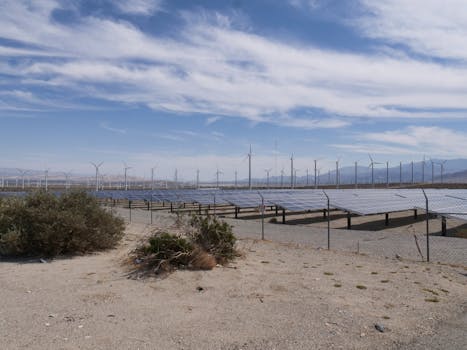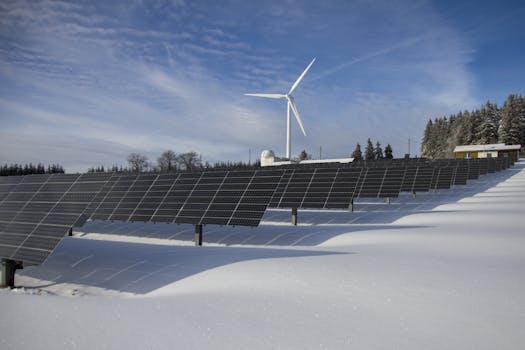
Introduction

Breakthroughs in renewable energy technology have been pivotal in promoting sustainability and combating climate change. The focus on renewable energy sources like solar, wind, and hydropower is reshaping the global energy landscape, offering innovative solutions to meet the increasing energy demands while reducing carbon emissions. This article delves into the latest advancements in renewable energy technology and their implications for sustainability.
Advancements in Solar Energy

Solar energy technology has seen remarkable advancements over the past few years. The development of more efficient photovoltaic cells, particularly those using perovskite materials, has significantly increased energy conversion rates. These new solar cells can achieve efficiencies exceeding 25%, making them a game-changer in the solar market.
Moreover, innovative solar panel designs, such as bifacial panels, capture sunlight from both sides, enhancing energy generation capabilities. Additionally, integrating solar energy with energy storage solutions allows for better reliability and grid stability, enabling a more sustainable energy system.
Wind Energy Innovations

Wind energy remains one of the fastest-growing renewable energy sectors. Recent breakthroughs in turbine technology have resulted in larger, more efficient wind turbines that can harness wind energy more effectively. These advancements include the development of floating wind farms, which can be installed in deeper waters, increasing the potential for wind energy generation.
Furthermore, advancements in predictive maintenance and digital monitoring technologies are optimizing turbine performance and reducing downtime, thereby maximizing energy output and sustainability.
Hydropower and Energy Storage

Hydropower continues to be a significant player in renewable energy. Innovations in hydropower technology, such as small modular hydro systems and hydrokinetic turbines, are making hydropower more accessible and less environmentally disruptive. These systems can be integrated into existing water infrastructures, providing clean energy while minimizing ecological impacts.
Energy storage is another critical component in the renewable energy landscape. Technologies like lithium-ion batteries and emerging solid-state batteries are crucial for storing energy generated from renewable sources, ensuring a steady and reliable energy supply even when production is low.
Emerging Technologies and Future Prospects

Looking ahead, several emerging technologies hold promise for the future of renewable energy. Hydrogen fuel cells are gaining traction as a clean energy source, particularly for transportation and industrial applications. The ability to produce green hydrogen through electrolysis powered by renewable energy sources represents a sustainable energy future.
Moreover, advancements in artificial intelligence and machine learning are enhancing the efficiency of renewable energy systems by optimizing energy consumption and production patterns. These technologies can predict energy demand and supply fluctuations, allowing for smarter energy management.
Conclusion

The breakthroughs in renewable energy technology and sustainability are paving the way for a cleaner, more sustainable future. As innovation continues to drive down costs and increase efficiency, the transition to renewable energy sources becomes more feasible and essential. Embracing these advancements will not only help mitigate climate change but also foster economic growth and energy independence worldwide.





